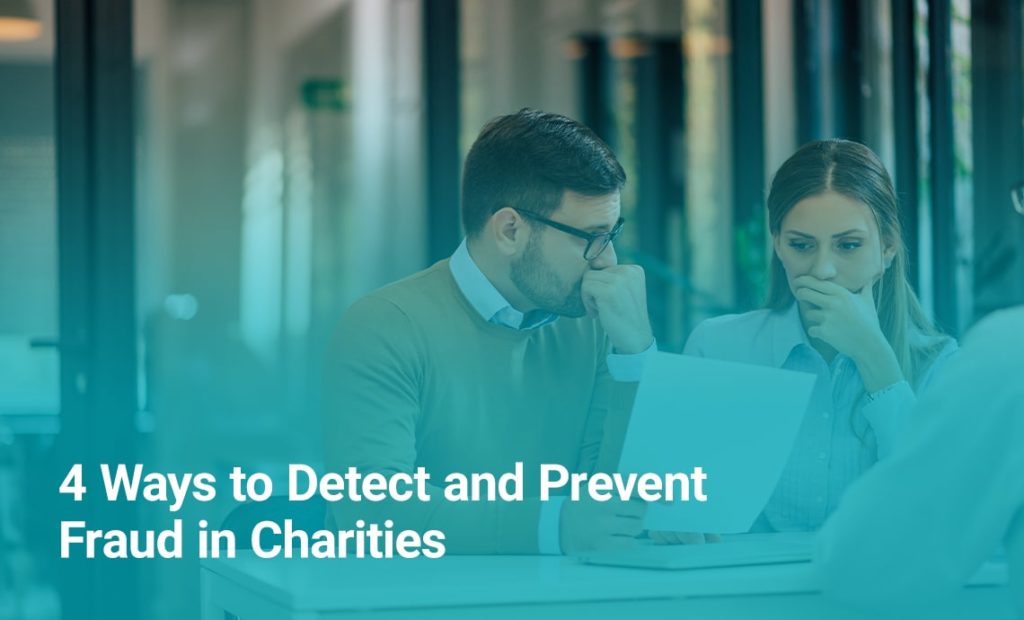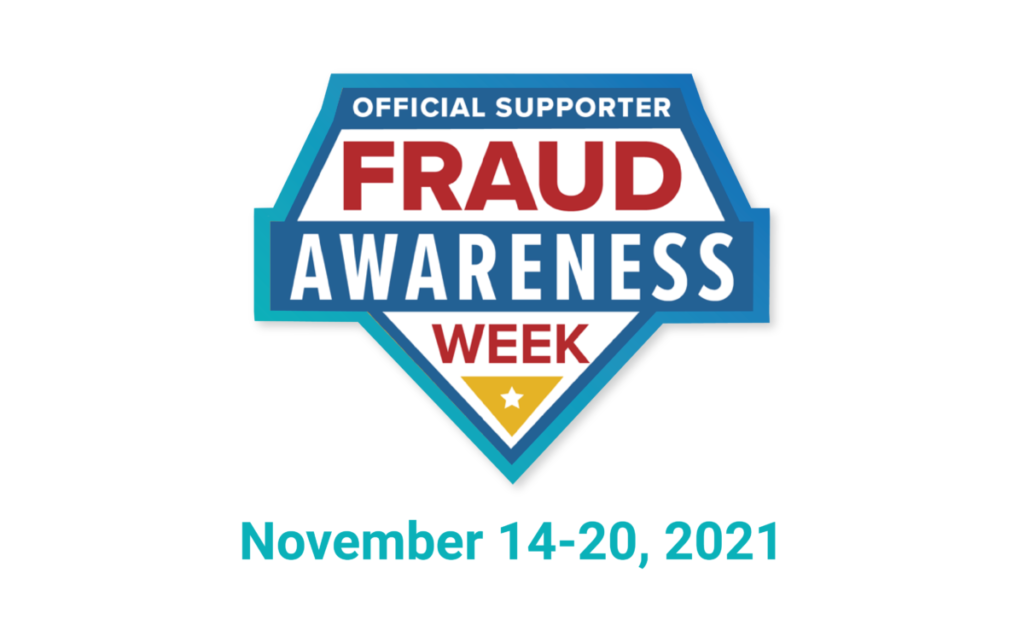Reading Time: 2 minutes
Nonprofits benefit greatly from having a dedicated and continuing internal controls in place in order to reduce fraudulent activity of loss of funds due to fraud. According to the, 2020 ACFE Global Fraud Study, conducted by the Association of Certified Fraud Examiners (ACFE), a typical organization loses an estimated 5 percent of its annual revenue to fraud. In fact, the nonprofits in the study reported a median loss of $100,000—an 11 percent increase from the previous study and in any charitable organization any loss of funds can be a significant loss.
Most recently as covered by The NonProfit Times , in an over million dollar fraud case, one employee was able to defraud two nonprofits stealing nearly $1.4 million from the first nonprofit, and after moving to a new nonprofit was able to steal over $50,000 before being caught.
In each case, this employee used familiar methods of defrauding nonprofits including issuing more than 250 unauthorized checks payable to herself or other entities she owed money to. She subsequently went on to defraud a second nonprofit by using unauthorized wire transfers, cash transfers and check thefts where she changed the name of the payee, according to story.
Fraud can impact your mission, your services and your donor confidence. The 2020 ACFE Global Fraud Study highlighted how nonprofits might be more susceptible to fraud when they have: fewer resources to prevent fraud, less oversight and lack of certain internal controls.
The study revealed that In 39% of cases the perpetrator’s job function was Owner/executive, 35% were Manager/supervisor level and 23% of cases were due to other employees. Over 35% percent of loss of funds through fraud came from lack of internal controls. These statistics underscore the importance of having an internal nonprofit fraud policy in place, as 40% of the fraud activities reflected in the study were detected by tips/or complaint.
By pro-actively addressing potential fraud risks at your nonprofit you will be able to decrease loss of funds to fraud.
Here are 10 steps to decreasing your fraud risk:
- Create a clear fraud policy for your company and employees.
- At least twice yearly hold a company- wide refresher on the fraud policy.
- Ensure your fraud policy is part of your new employee onboarding process.
- Encourage employees to submit a tip or concern of fraud at any time and make sure they can do so via email, phone or in an anonymous tip box onsite.
- Invest in software that is built specifically for nonprofit usage and can flag unusual variances in budgets quickly.
- Don’t depend on or wait for a yearly audit to find fraud.
- Require dual signatures and more than one layer of approval for checks.
- Keep all blank checks and cash in a locked cabinet, and don’t pre-sign checks.
- Reconcile bank statements each month.
- Build dates into your fiscal calendar to conduct quarterly internal audit/fraud assessments.
At MIP Fund Accounting, we’re here to help your mission expand. Our fund management solution offers fraud protection including enabling alerts, masking of sensitive account information in the data, and the ability to set user rights.




